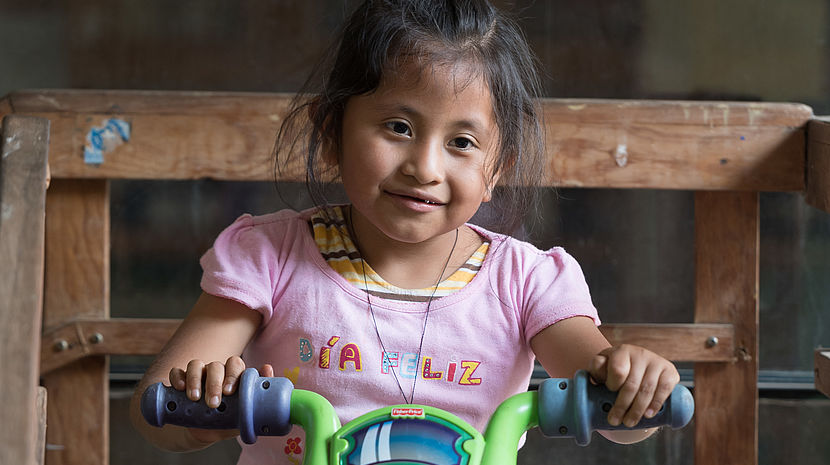23.03.2015 An analysis of the WCDRR outcome document

The UN World Conference on DRR (WCDRR) concluded last week in Sendai, Japan with the adoption of the “Sendai Framework for Disaster Risk Reduction 2015-2030” (SFDRR) on 18 March at midnight. Click here to read the document. The outcome is very positive for persons with disabilities and disability-inclusive DRR with many references to persons with disabilities, as well as citing principles of universal design. Specifically, persons with disabilities have five references and two additional references to the principles of universal design. Additionally, “inclusive” and “accessible” are used throughout the document creating a strong disability-inclusive DRR document. This includes the need for “universally accessible response” and calling for the media to disseminate accurate information in an “accessible manner.” Continue reading below for details.
References to persons with disabilities and inclusive and accessible
The following paragraphs are taken directly from the SFDRR.
“Disaster risk reduction requires an all-of-society engagement and partnership. It also requires empowerment and inclusive, accessible and non-discriminatory participation, paying special attention to people disproportionately affected by disasters, especially the poorest. A gender, age, disability and cultural perspective in all policies and practices; and the promotion of women and youth leadership; in this context, special attention should be paid to the improvement of organized voluntary work of citizens” (III Guiding principles, para 19, d).
“Disaster risk reduction requires a multi-hazard approach and inclusive risk-informed decision-making based on the open exchange and dissemination of disaggregated data, including by sex, age and disability, as well as on the easily accessible, up-to-date, comprehensible, science-based, non-sensitive risk information, complemented by traditional knowledge” (III Guiding principles, para 19, g).
“There has to be a broader and a more people-centred preventive approach to disaster risk. Disaster risk reduction practices need to be multi-hazard and multisectoral based, inclusive and accessible in order to be efficient and effective. While recognizing their leading, regulatory and coordination role, Governments should engage with relevant stakeholders, including women, children and youth, persons with disabilities, poor people, migrants, indigenous peoples, volunteers, the community of practitioners and older persons in the design and implementation of policies, plans and standards” (The Hyogo Framework for Action: lessons learned, gaps identified and future challenges, Para 7).
“Empowering women and persons with disabilities to publicly lead and promote gender equitable and universally accessible response, recovery rehabilitation and reconstruction approaches are key” (Priority 4. Enhancing disaster preparedness for effective response and to “Build Back Better” in recovery, rehabilitation and reconstruction, para 32).
“When determining specific roles and responsibilities for stakeholders…Persons with disabilities and their organizations are critical in the assessment of disaster risk and in designing and implementing plans tailored to specific requirements, taking into consideration, inter alia, the principles of universal design” (V. Role of stakeholders, para 36, a, iii).
“Strengthen, as appropriate, disaster resilient public and private investments, particularly through: structural, non-structural and functional disaster risk prevention and reduction measures in critical facilities, in particular schools and hospitals and physical infrastructures; building better from the start to withstand hazards through proper design and construction, including the use of the principles of universal design and the standardization of building materials; retrofitting and rebuilding; nurturing a culture of maintenance; and taking into account economic, social, structural, technological and environmental impact assessments” (Priority 3. Investing in disaster risk reduction for resilience, Para 30, c).
“Make non-sensitive hazard exposure, vulnerability, risk, disasters and loss disaggregated information freely available and accessible, as appropriate” (Priority 1, para 24, e).
“Media to: take an active and inclusive role at local, national, regional and global levels in contributing to the raising of public awareness and understanding, and disseminate accurate and non-sensitive disaster risk, hazard and disaster information, including on small-scale disasters, in a simple, transparent, easy-to- understand and accessible manner, in close cooperation with national authorities; adopt specific disaster risk reduction communication policies; support, as appropriate, early warning systems and life-saving protective measures; and stimulate a culture of prevention and strong community involvement in sustained public education campaigns and public consultations at all levels of society, in accordance with national practices” (V. Role of Stakeholders, para 36, d).
Final quotes and key points from WCDRR
- Five Parliamentarians with disabilities attended WCDRR hailing from Barbados, the EU (Hungary), Germany, Kenya and Thailand.
- One of the big wins of the last four days is inclusivity. –Global Network of Civil Society Organisations for Disaster Reduction (GNDR)
- We have to keep biting the elephant. –Senator Monthian Buntan of Thailand and CRPD Committee